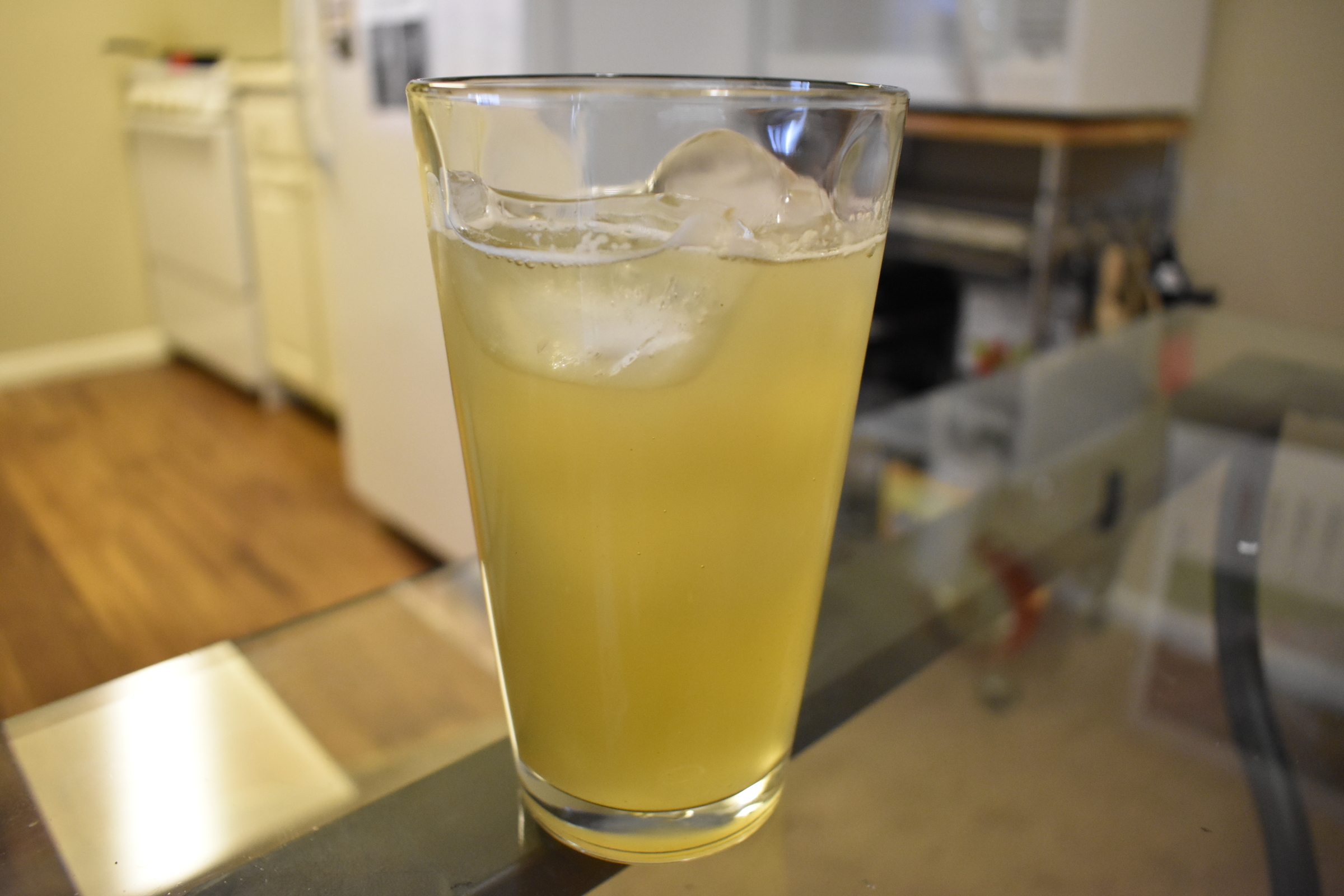For a long time, I have been thinking of interesting things to do for this website. As we all know, national dishes are so passé (not actually the case). One day, I stumbled upon a video about making Tepache, a pineapple-based fermented drink like Kombucha that blew my mind. When you combine the ingredients, living microorganisms change the composition of the food to something different. What was especially appealing about Tepache was the quick turnaround time; only 3 days in the primary jar and then 3 days bottled instead of weeks of waiting.
Tools needed
The following is what you will need to make the Tepache minus the ingredients. I have included Amazon affiliate links for each item below so you can support C.L. Cooks.
- 5 liter jar
- 6 swing top bottles(12 if you are doing two batches)
- Cheesecloth
- Steel funnels
- Measuring cup
Ingredients needed
I started with this simple recipe list. You can add other spices or flavors if you want.
- Pineapple
- 3 Cinnamon sticks
- 1 Habanero pepper
- 1 lb Turbinado sugar (If you can find it use Piloncillo)
- 2 teaspoons allspice
The Process
The most challenging part of this process is measuring 1 lb of sugar, looking over at the pineapple and not being concerned about diabetes.
Chop the pineapple and the habanero pepper then add the other ingredients and you are good to go.
The Tepache ferments in the jar for three days. Each day you will see more and more bubbles as the natural yeast on the pineapple rind eats the sugar, converts it to ethanol and produces carbon dioxide as a byproduct. Check out the bubbles below: each day there is much more bubbles then the last day.
While the Tepache is fermenting, it is very important to “burp” your containers as unreleased gas can cause the glass to shatter. Remember to burp every day!
At the end of the three days we can see the fermentation is popping off (see what I did there?), and the bubbles are, well, bubbling.
The best way to get the contents from the jar into the bottles is to remove the lid of the jar and then attach the cheesecloth with a rubber band around the lid. From there you can pour into the measuring cup and then pour the measuring cup into the bottles with the funnel. This can be a messy process if you are not careful.
If you want, you can make another batch by filling the jar back up with water and an additional half cup of sugar. If you know who I am, you better believe I made a second batch.
The fermentation process will go much faster for the second batch but I still let the process go for a full three days in the jar. Doing this again, if I see it bubbling at this rate, I will cut the fermentation time in the jar. By the end of the three days there is probably way too much fermentation happening as you can see below.
With the fermentation rate this high, I should have burped the second batch of Tepache when it was in the bottle. Unfortunately for me, I did not do this and I cracked one open. The Tepache shot out of the bottle and got all over my kitchen. Thankfully I did not make this mistake twice. It reminded me of the classic science fair volcano.
The End Result
As fermentation is an active process the flavors between the two batches were wildly different. The first batch was much better with a heavier, syrupy result due to more sugar. The presence of the habanero added heat without being spicy, a unique experience.
The second batch was fizzier and much lighter and the taste was like a light seltzer. To me, it was like a watered down version of the original batch. One downside to the second batch was the the mixture smelled like sulfur. It did not affect the taste but was off putting. There could be many reasons to why this occurred but ultimately caused no harm.
You can see that the color of the second batch is much lighter than the first batch.
All in all, this was an enjoyable experience. So go to the links above and purchase whatever materials you don’t have and you too will get to experience the joy of popping a bottle of Tepache.
If you made it this far, cheers to you!







